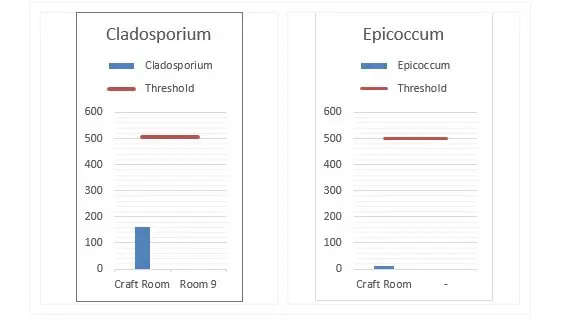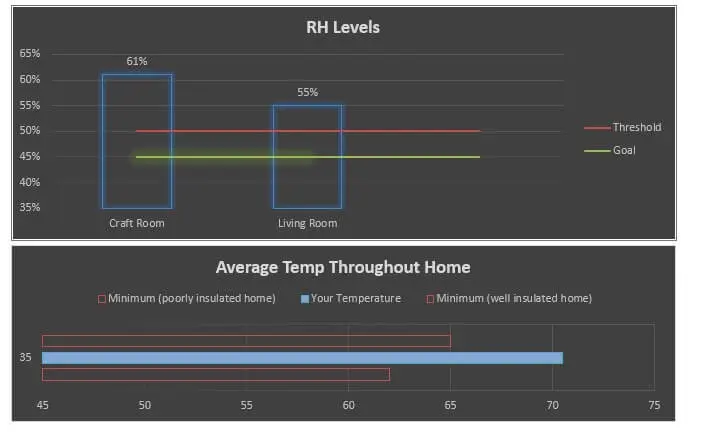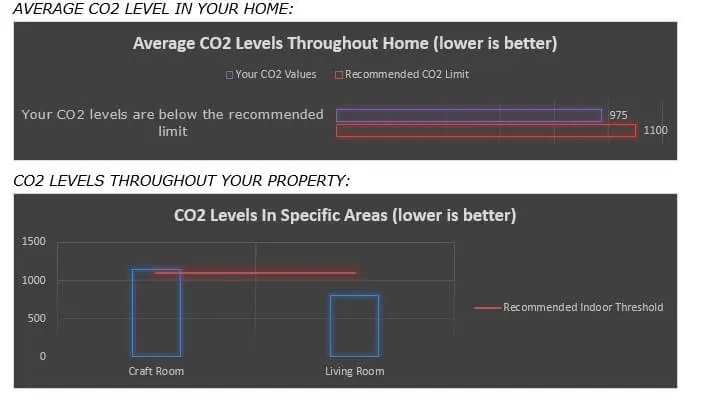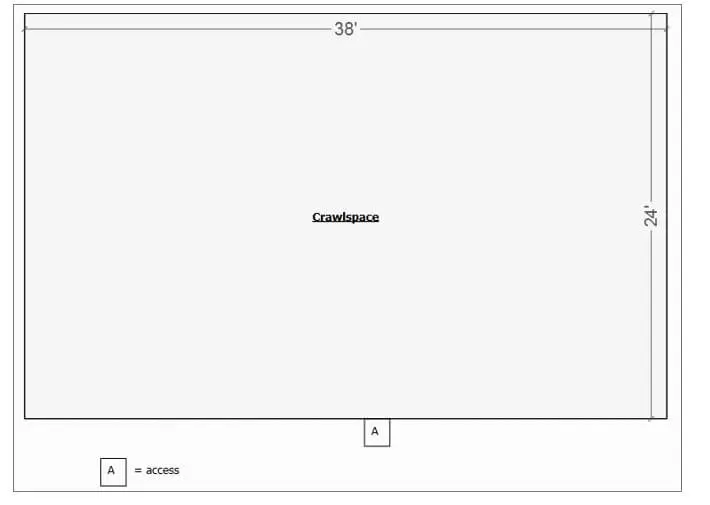Mold Inspection Reports from Duvall
Below are recent mold inspection projects we’ve completed in the Duvall area. These reports can help provide you with an idea of the issues we typically encounter in your region.
Project Type > Room & Crawlspace Inspection in Duvall
PROJECT SUMMARY
REASON FOR INSPECTION:
- Client notices musty/mold type odors when in craft room. Environix hired to inspect the craft room as well as the crawlspace below in order to locate the source of odors.
PROPERTY DESCRIPTION:
- This single family residential property was built in 1987 and is 1,110 ft².
LABORATORY RESULTS
ANALYSIS OF YOUR RESULTS:
- No Amplification: No mold spores were measured at levels equal to or above the threshold, and do not indicate a site of probable mold amplification and growth. Please refer to the attached report for more detailed information.
JOBSITE PHOTOS
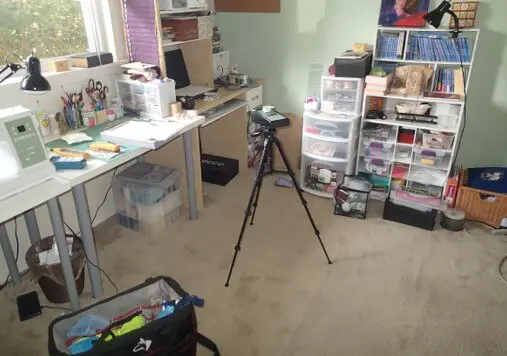
Air sample collected in craft room
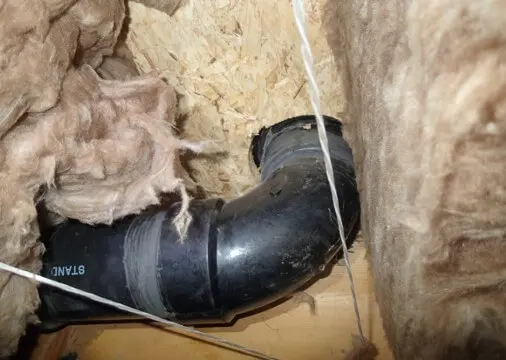
Subfloor penetrations are not air sealed
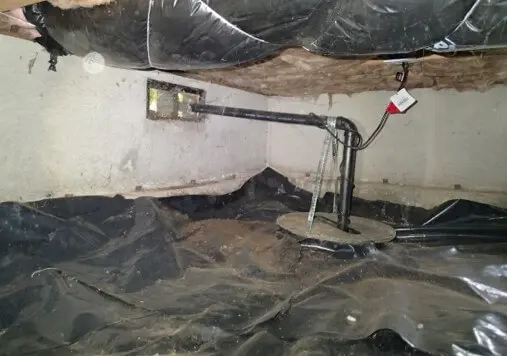
Sump pump located under craft room
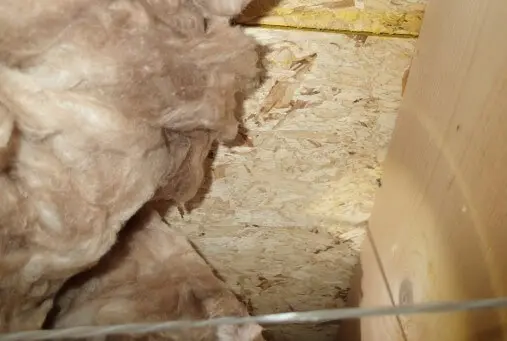
Insulation pulled back in several areas, no mold/moisture issues noted
RELATIVE HUMIDITY & TEMPERATURE READINGS:
CO2 READINGS:
OBSERVATIONS
VENTILATION:
OBSERVATIONS:
- Relative humidity levels are elevated. Generally, indoor RH levels should remain under 55% or under 50% in homes with poorly insulated exterior walls.
- CO2 levels are elevated in the craft room. While not a direct health problem, elevated CO2 levels are an indication of stale indoor air and poor ventilation. This can lead to a buildup of pollutants and humidity, which can cause mold growth. Following the ventilation recommendations listed below will lower the CO2 levels in the home.
- Home suffers from insufficient use of the ventilation system. This leads to a buildup of indoor pollutants and increases the relative humidity, creating conditions conducive to mold growth and dust mites.
LOCATION: Hall & Master Bathrooms
OBSERVATIONS:
- The client states they do not use the fans very often, as they do not like the noise. Inadequate use of the homes ventilation system is creating humid air in the home. The high relative humidity present in the home can amplify odors such as the odor of concern in the craft room.
SHOWER:
- Grout and caulking is in good condition and shows no signs of recent water intrusion.
Recommendations:
- See ventilation section above for recommendations to reduce humidity and eliminate condensation. Either add a programmable timer to the quieter fan, or replace the noisier fan with a very quiet constant flow fan with motion detector.
LOCATION: Craft Room
OBSERVATIONS:
- The client reports musty or moldy odors in this room during periods of rain. The odor has been noticed during rainy periods for approximately 6 months.
- The client reports a sump pump was installed in the crawlspace approximately 3 years ago due to standing water issues in the crawlspace. This room is above the sump pump area.
- Rain water is collecting under this room before it is evacuated by the sump pump. This is the likely source of the odors, as they are pass through minor penetrations in the floor.
- The crawlspace subfloor is not air sealed. See further notes about crawlspace inspection, below.
- Odors are compounded and cumulative in a humid environment.
- The room is equipped with double paned vinyl framed windows with no evidence of condensation or mold problems.
- The room is furnished with carpeting in average condition. The carpet was pulled back during the inspection, and no mold, moisture, nor evidence of water damage was found under the carpet or in the carpet pad.
- Carpets can hold odors for long periods of time if not cleaned regularly. It is possible this carpet has odors from a previous mold related issue and the high humidity is making it more noticeable. This is unlikely due to the low mold spore readings on the air sample.
Recommendations:
- See ventilation section above for recommendations to reduce humidity, eliminate condensation, and disperse accumulated odors.
- Have carpets professionally cleaned or replaced.
- See crawlspace inspection notes below. Air sealing the penetrations in the subfloor is recommended to stop the odors from entering the home.
CRAWLSPACE OBSERVATIONS
MOISTURE:
STATUS:
- Lightly wet soil noted in portions of the crawlspace. Wet soil greatly increases the humidity in the crawlspace and creates conditions conducive to mold growth.
AIR SEALING:
- Unsealed – Multiple air gaps present between crawl space and lower floor of building. This greatly reduces the energy efficiency of the home by allowing cold outside air to infiltrate the heated portion of the home.
Recommendations:
- Consider air sealing all major subfloor penetrations.
CRAWLSPACE FLOORPLAN:


